a week in the bush: vol 31
on Dec 18, 2014Welcome to all of you again to another installment of “A Week in the Bush...” It has been a phenomenal week here at Sabi Sabi with loads of lion and leopard activity as well as some fantastic general game and some really special sightings too. There is a great deal to cover this week so let’s dive into it.
The start to the week saw the Southern Pride split still on the reserve and attempting to avoid the Sand River males. They were sticking to the southern reaches of the reserve again and I think this is where they feel most comfortable. The Sabie River is also in close proximity there and so they have an easy route for escaping the three big males. They were all still looking in high spirits from the recent meal they had procured in front of Selati Camp a few nights before, but were surely on the lookout again. They did, to our knowledge at least, cross over into the Kruger National Park on the morning following this sighting, for how long though we can only guess.
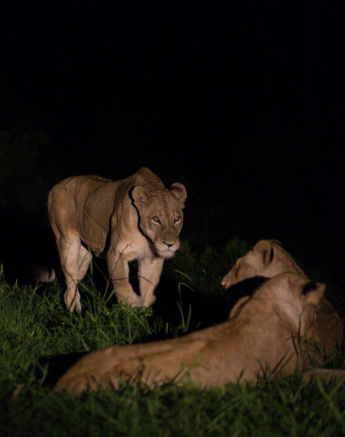
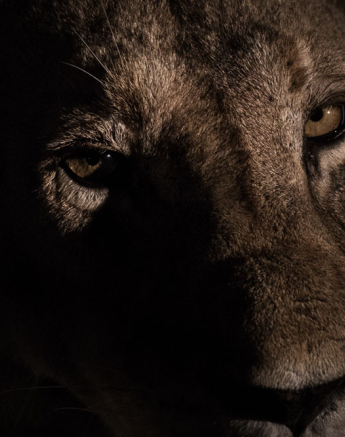
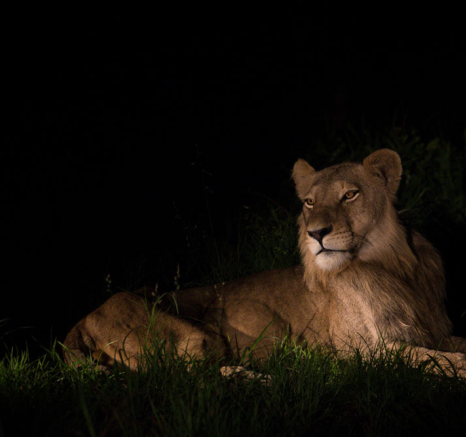
Our most sighted resident female leopard, Nottins, was found in good health early in the week although it can be said that she was looking rather on the lean side. As we have touched on before, she is under a lot of pressure to find enough food for both her and her cub, so it is likely that she doesn’t get as much animal protein intake as she would under normal circumstances. It also means that she is constantly out hunting, as she was here, and this would serve to use up a lot more energy than she would typically use without the cub.
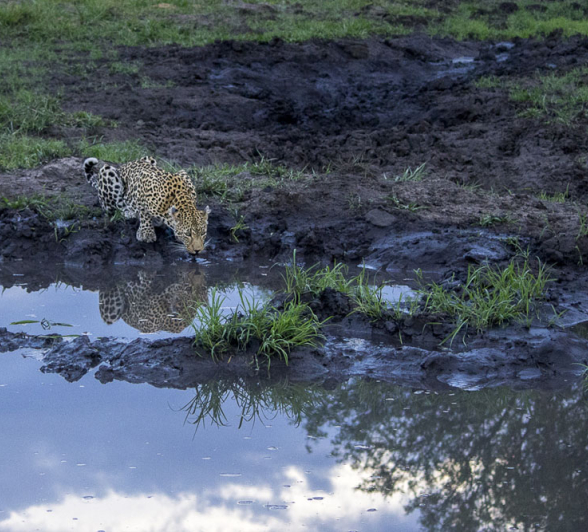
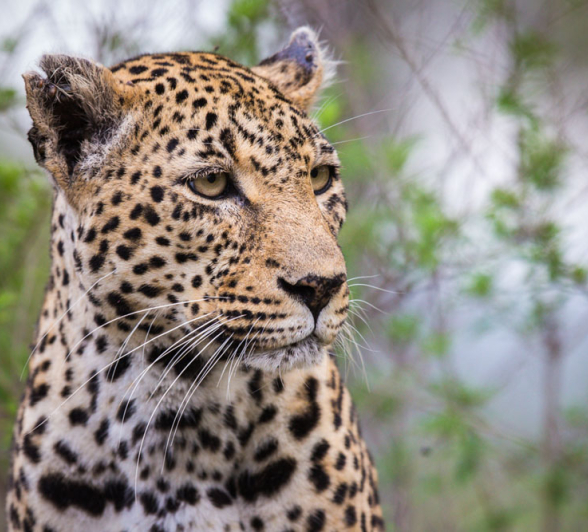
Last week in the southern section of the reserve, the Lisbon female was seen to still be mating with the Mandleve male so it was a huge surprise when we found her in the company of a new male this week. This male is rather skittish with regards to our presence and unknown to us. We suspect that he came in from the East, however due to his ‘shyness’ it is also a possibility that he came in over the Sabie River from the Kruger National Park. He was quite an impressive male and not so shy when it came to the female’s advances, but this then begs the question, what happened to Mandleve? He was last seen to be avoiding the female, which sometimes happens with more inexperienced males, but we have yet to see him since this unknown character moved in.
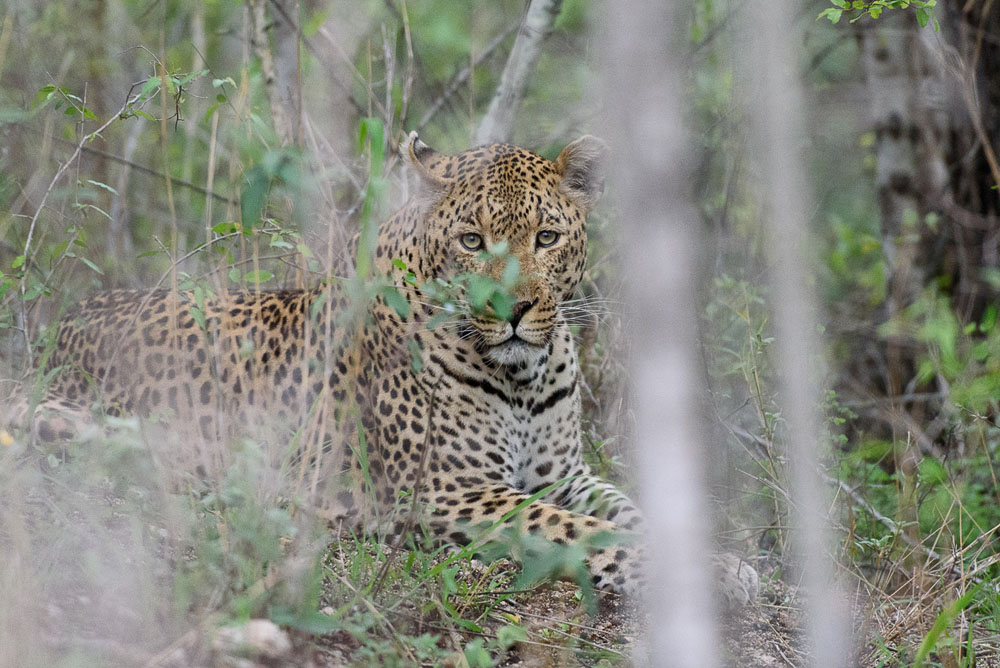
Something incredibly special occurred this week and a select few of our guests were able to witness the event. The live birthing of a blue wildebeest! This is something that is so rare to see in its entirety. Usually we arrive minutes and sometimes hours after the event, but on this occasion some of our guests got to see the whole process as it happened. The really amazing part about the ordeal is the fact that the youngster is able to stand within the first few minutes of its life, although a little shaky at first, but after 5-10 minutes it is walking around by its mother, feeding and being introduced to the rest of the herd. Nature really is incredible! On a separate occasion, another one of our guides and his guests found themselves to be a couple of minutes late at the most to the sighting of another wildebeest birth, but they were at least able to capture a stunning image of the newborn.
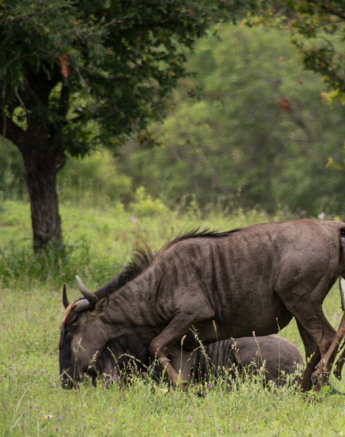
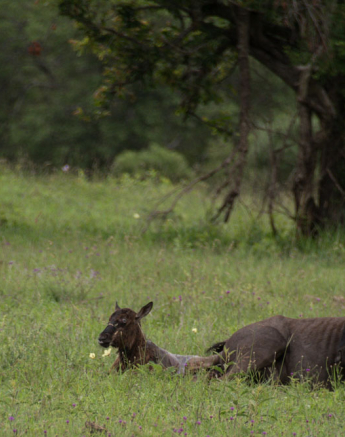
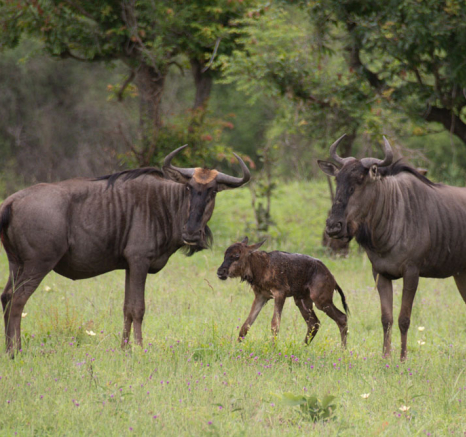

The Little Bush female has been rather busy this last week, being found at various stages and in fact was also watching from a distance as the aforementioned wildebeest was giving birth to its youngster. She was not able to stay undetected though as there were many animals keeping watch while the female wildebeest was in labor. We followed Little Bush as she exited the scene to move on toward less suspecting prey. We found her again later that same afternoon in the far western extremity of the reserve still looking for a meal. We also were able to find her youngster, alone and also trying his luck at hunting a slender mongoose. It is great to see how relaxed they have both become to the presence of vehicles. Patience and perseverance are both key in this regard. The following morning we found the two leopards on a well deserved impala kill. When we arrived on the scene, she lay relaxed below the kill her youngster was feeding on and we were quite relieved to see that they had succeeded in getting a meal.
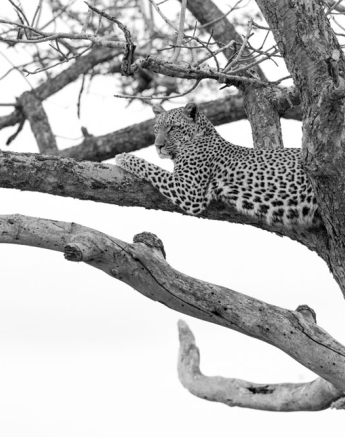
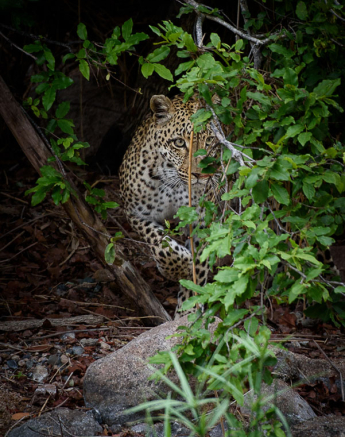
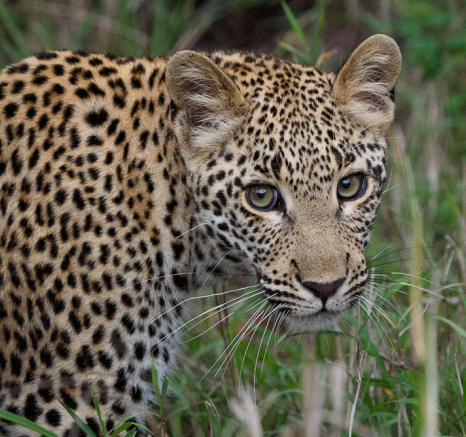
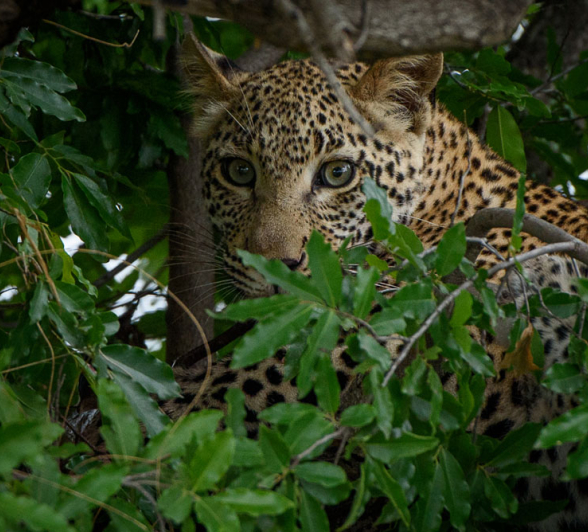
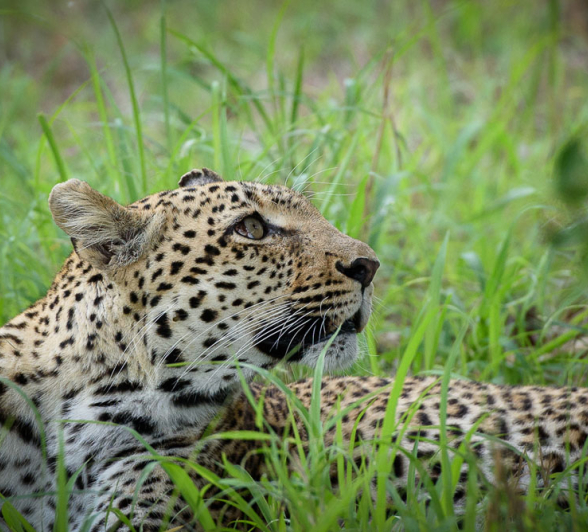
Our large resident male leopard, Maxabeni, was also on the prowl this week and he was seen several times attempting to stalk nursery herds of impala, somewhat unsuccessfully though. The big male has still been pushing further south and it is still unclear as to his intentions, but the suspicion is that he is attempting to expand his territorial range and pull in an extra female. Time will tell I suppose. He is looking in superb condition at the moment.
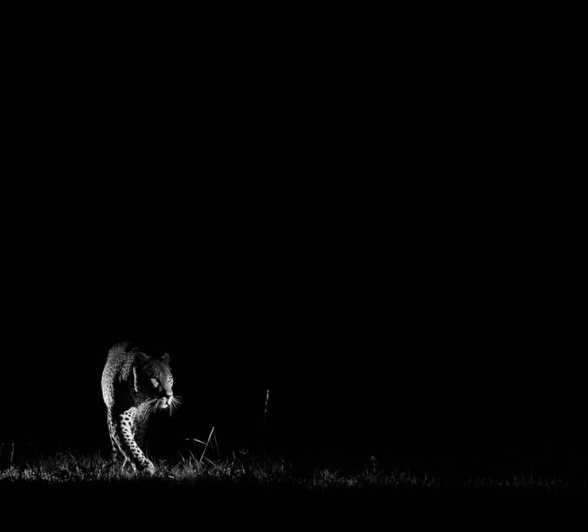
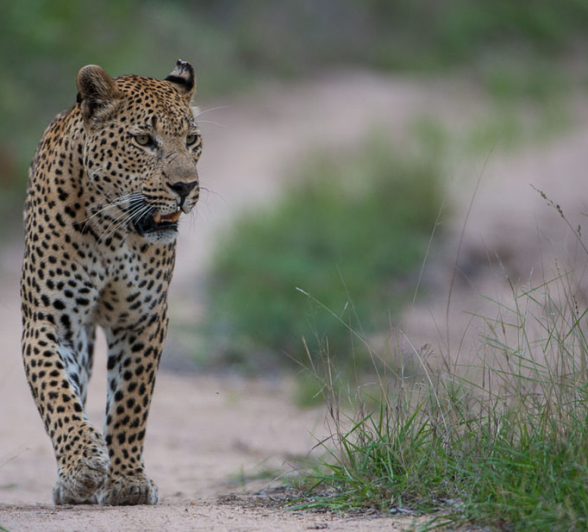
We got our first glimpse of two of the Southern Pride cubs this week. Floppy Ear and the two lionesses with her have been moving in and out around Bush Lodge and were then found in the center of the reserve after a failed hunting attempt on a wildebeest. The two cubs seen were different ages and so I’m assuming they are from two separate females. At the moment we still know very little about them as they are denning elsewhere, but they will be moving around soon enough, as the cubs get a bit older. I hope they manage to survive.
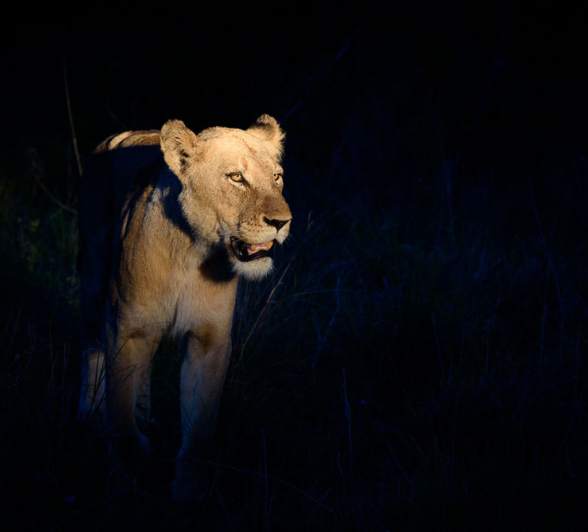
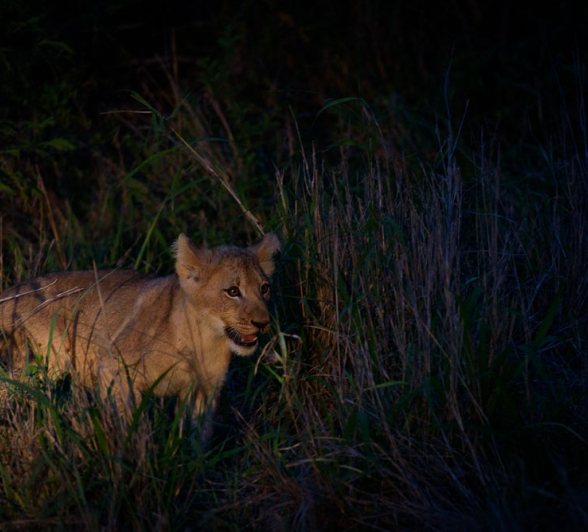
We enjoyed some more time with a female cheetah that has been spending a lot of hers here with us. She was found lying down with a rather full belly, most likely another young impala, on top of a large termite mound surveying the immediate surroundings. Cheetahs are always on high alert, looking around for any opportunities in terms of hunting or any danger from potential enemies. She was alert, but relaxed and offered our guests a wonderful sighting.
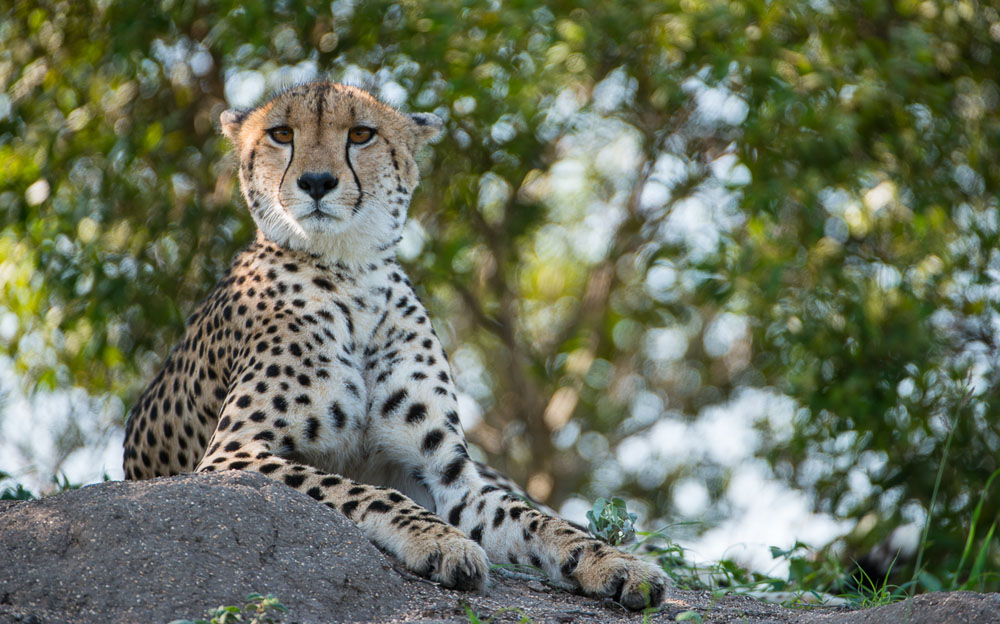
We have been enjoying the bird activity of late and in particular the birds of prey. With summer in full swing, so too is the rainy season. This means that a lot of these large birds are found treed at this time of the year, reason being that the plumage takes a fair amount of time to dry after being saturated by the rains. My favorites this last week were the magnificent Martial Eagle, which is the largest raptor in our region, and a bird that is currently visiting us all the way from the Steppe Mountains of northeastern Europe, the Steppe Eagle.
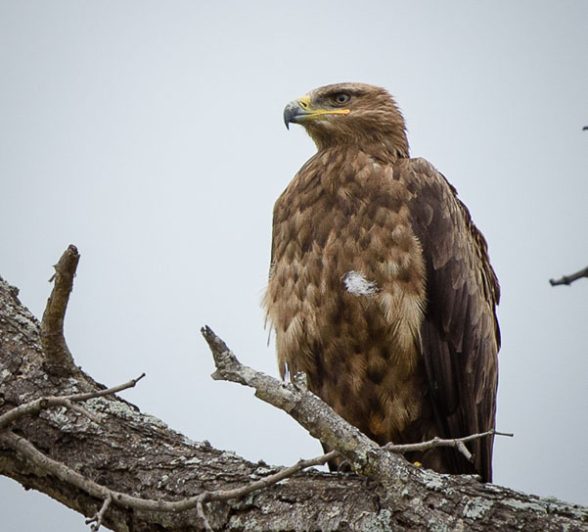
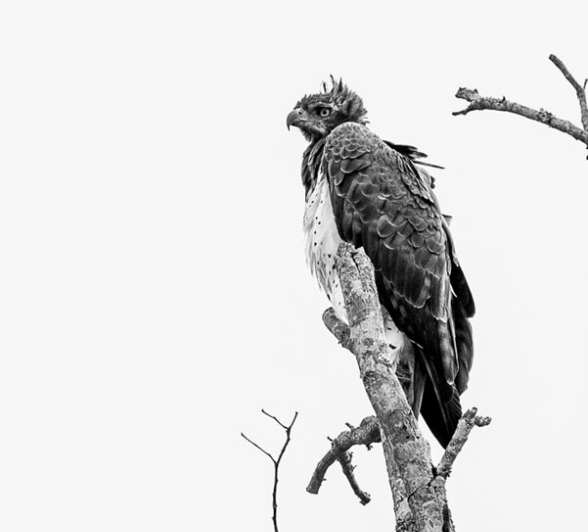
Another surprise for us this week was the appearance of a pride of lions that we have never seen around these parts before, the Styx Pride. The pride spent several days with us before venturing off back north, however it seems that they too are feeling the pressure from some new males up in the northern regions of the Sabi Sands and have fled from their natal territories in order to get out of harm’s way. We saw the same thing happening recently with the Sparta Pride and it’s been an ongoing issue with our Southern Pride. Nevertheless it is always great and so exciting to see new animals within our range. With the Sand River males and three Southern Pride lionesses staying almost fixedly in the southern sections, it has opened up the northern sections of our reserve as a sort of safe haven for estranged prides it seems. We are not complaining though...
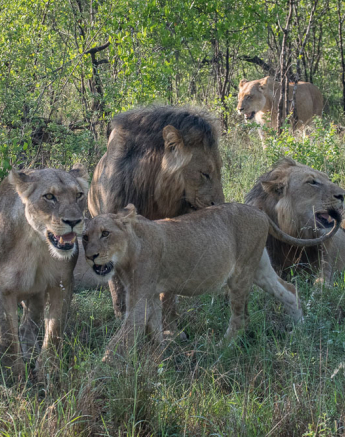
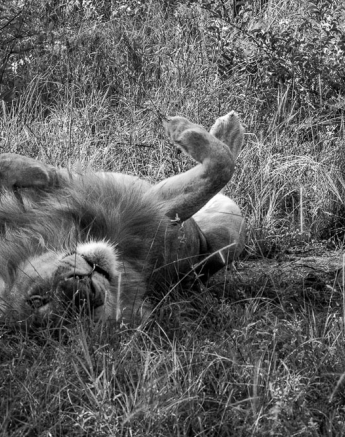
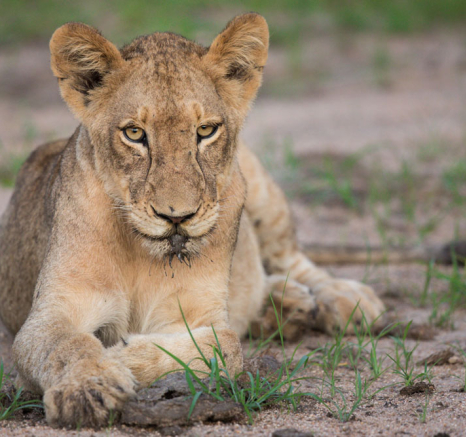

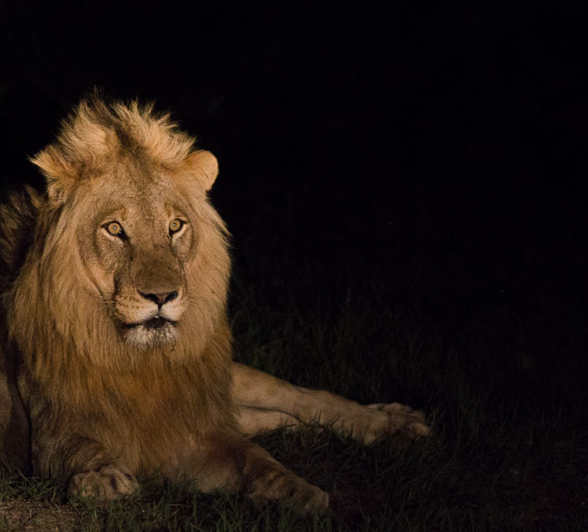
Well, that’s it for this week’s round up. It most certainly was an outstanding week of game viewing here at Sabi Sabi and I hope the days to follow will produce more of the same. I look forward to bringing you more news from the bush in next week’s blog. Until next time...







